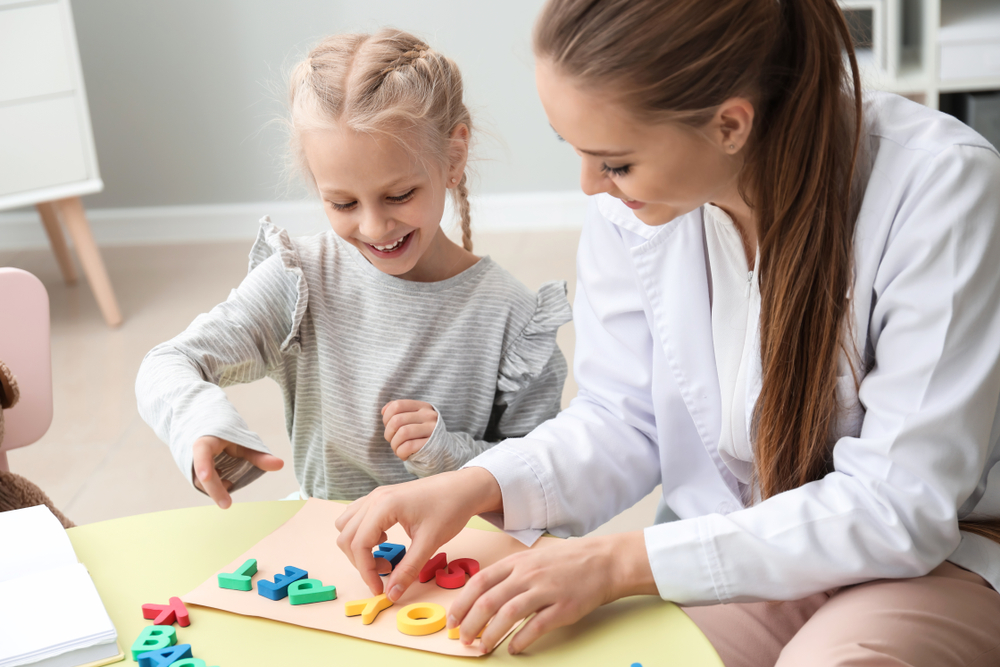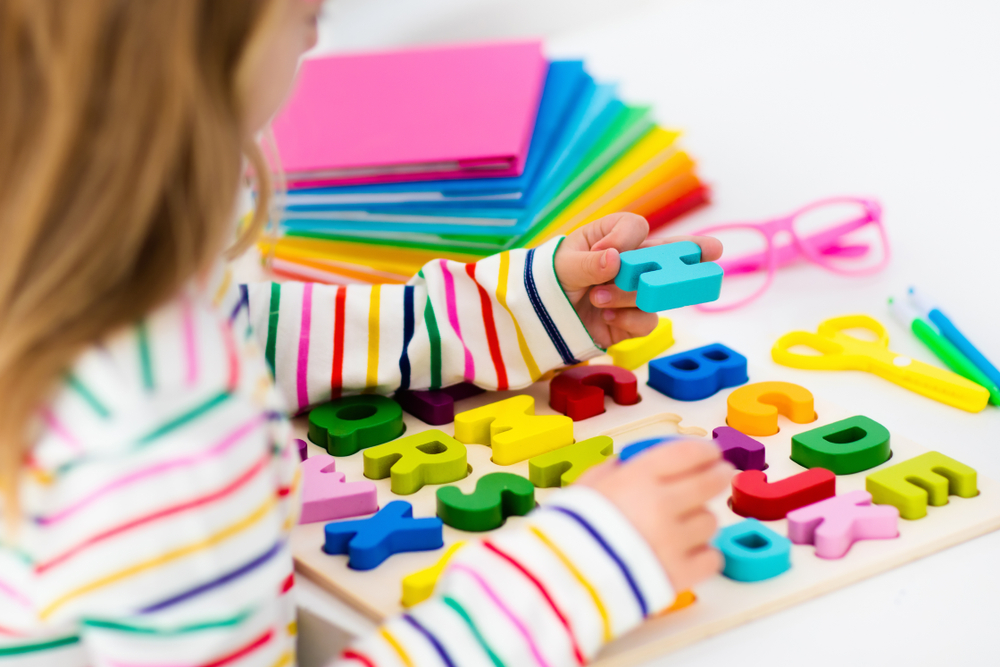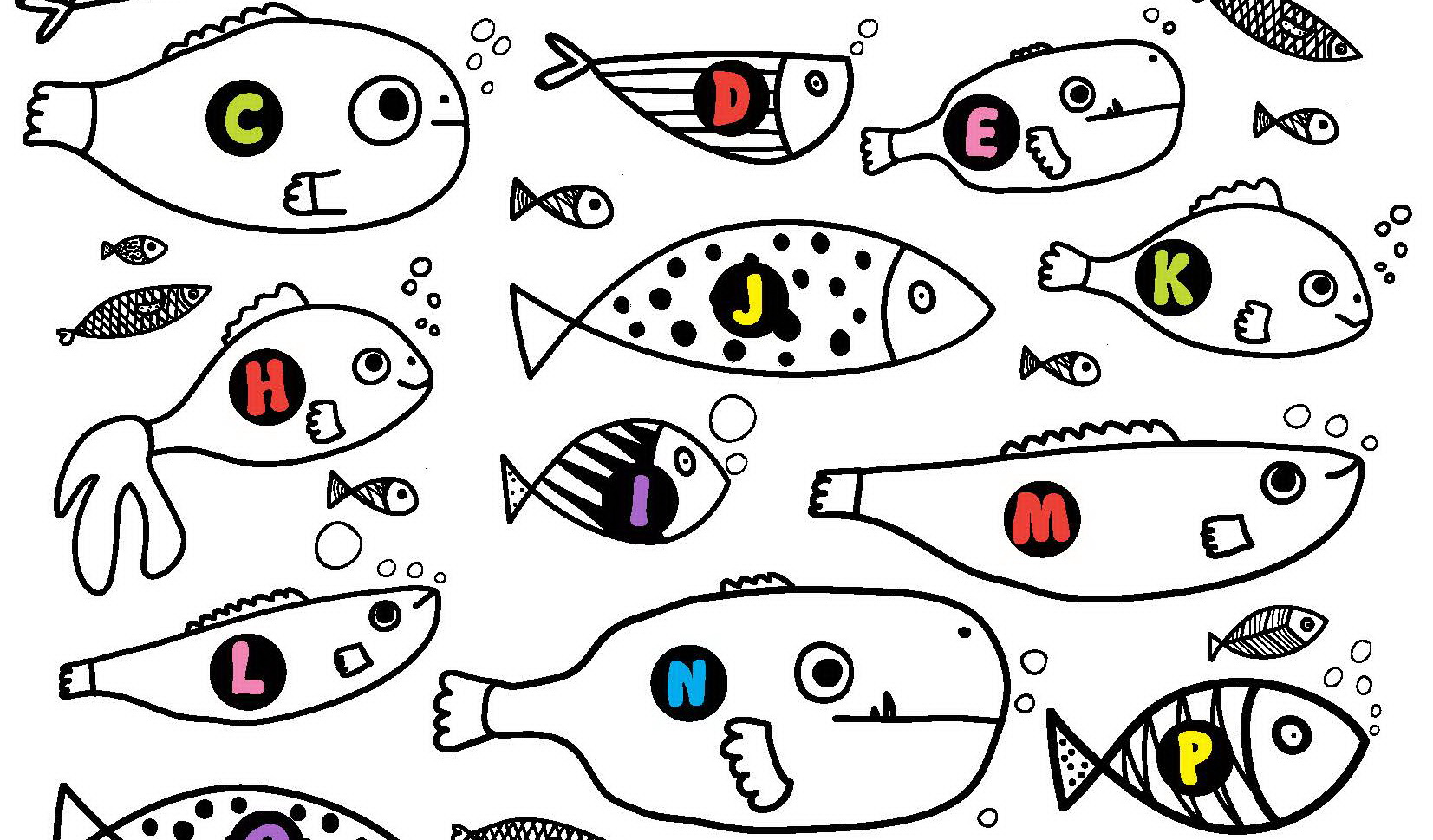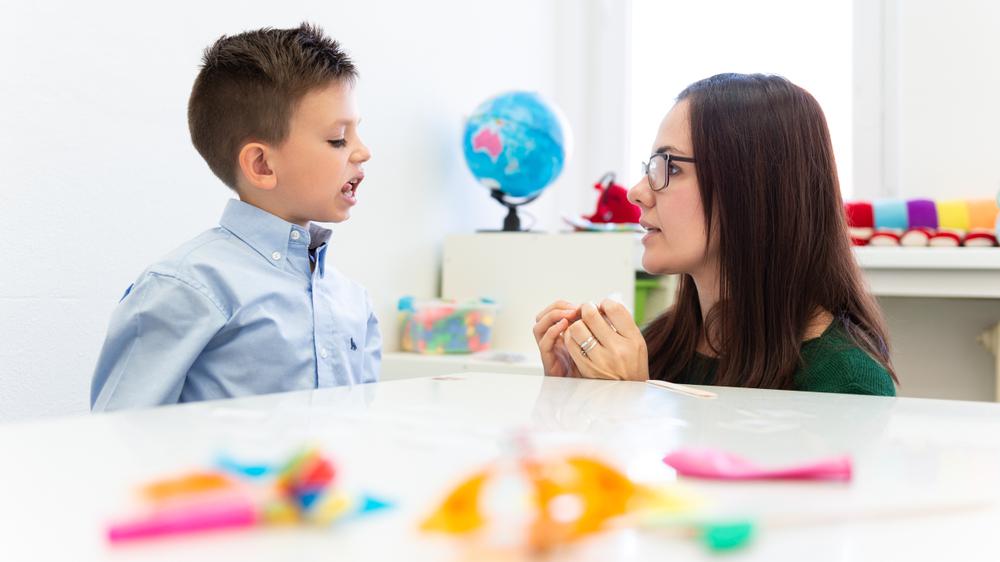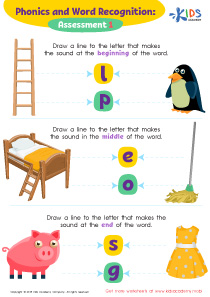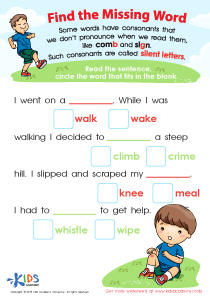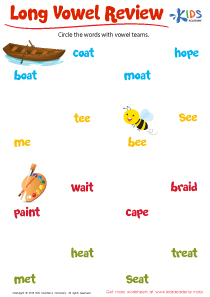Phonics Skills Normal Letter Sounds Worksheets for Ages 5-6
7 filtered results
-
From - To
Enhance your child's reading foundation with our Phonics Skills Normal Letter Sounds Worksheets designed for ages 5-6. These interactive and engaging worksheets support early learners in mastering letter sounds, a crucial step in their literacy journey. Each worksheet offers fun activities and exercises that make phonics practice enjoyable and effective. Children will gain confidence in identifying, sounding out, and connecting letters to words, setting them up for success in their reading skills. Ideal for homeschooling, classroom use, or supplemental learning, these resources are perfect for nurturing a love for reading and phonics. Start your child's journey to phonetic fluency today!
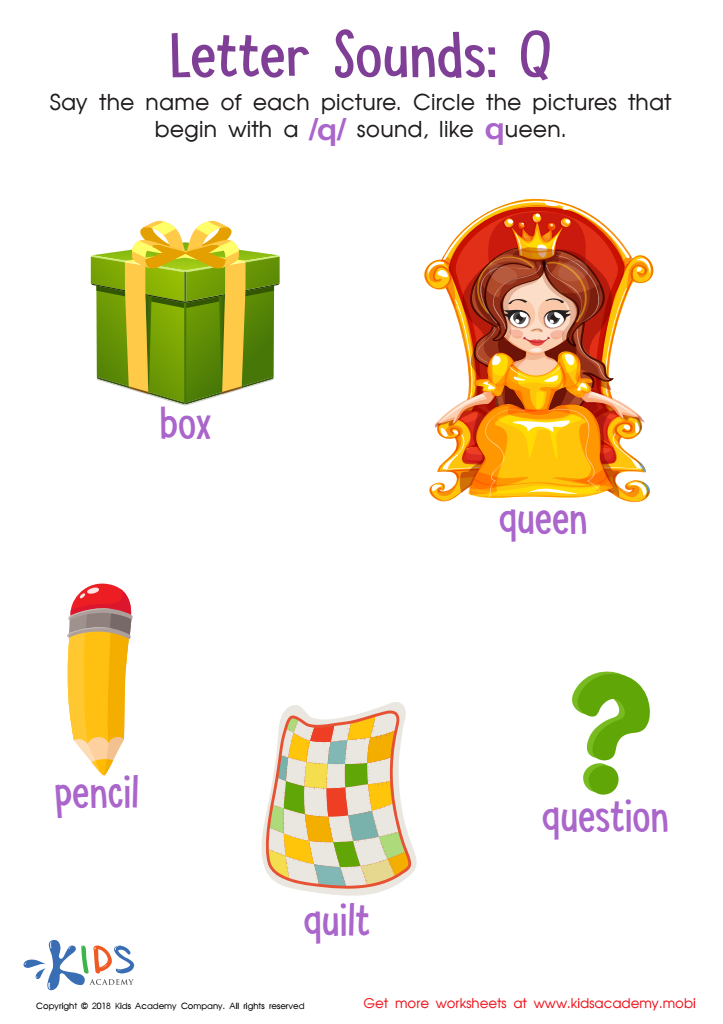

Letter Q Sounds Worksheet
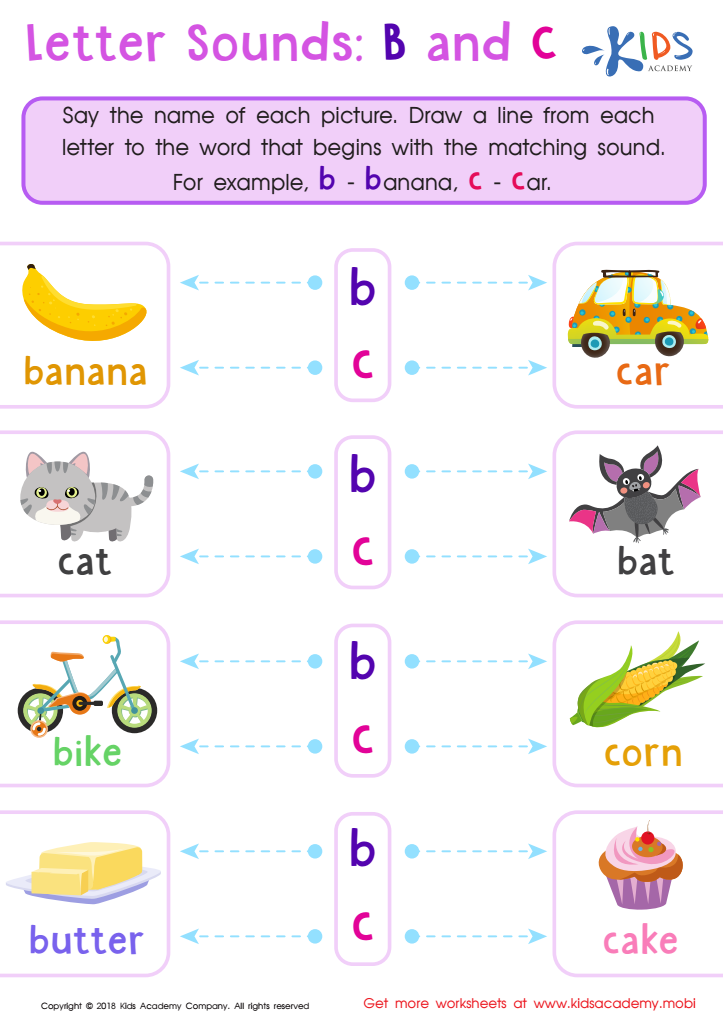

Letter B and C Sounds Worksheet
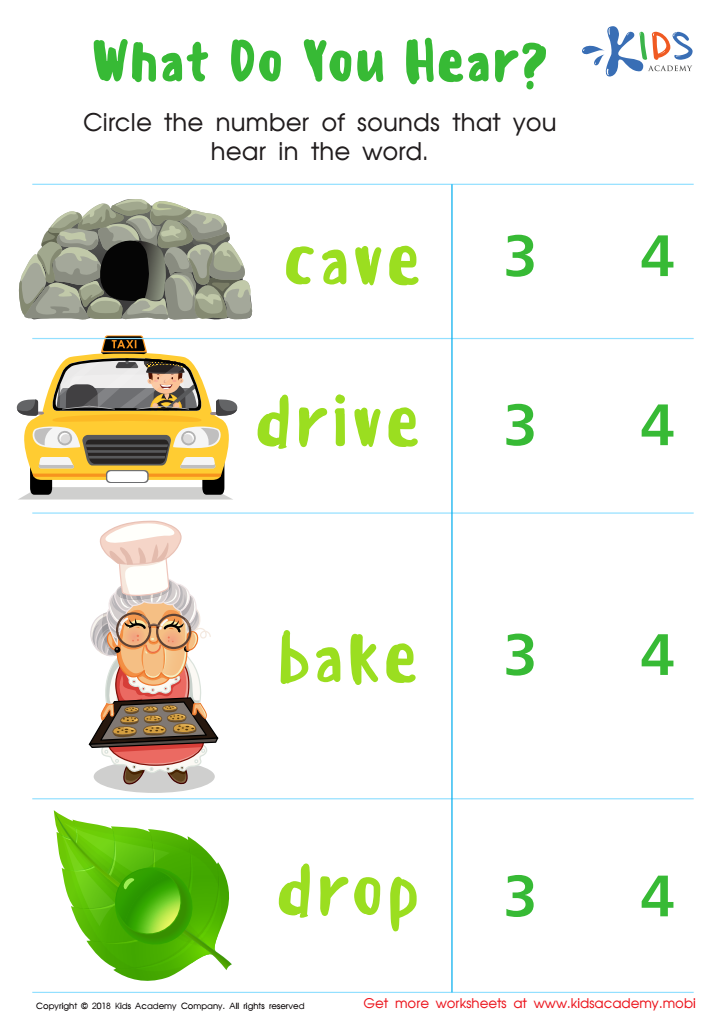

What Do You Hear? Worksheet
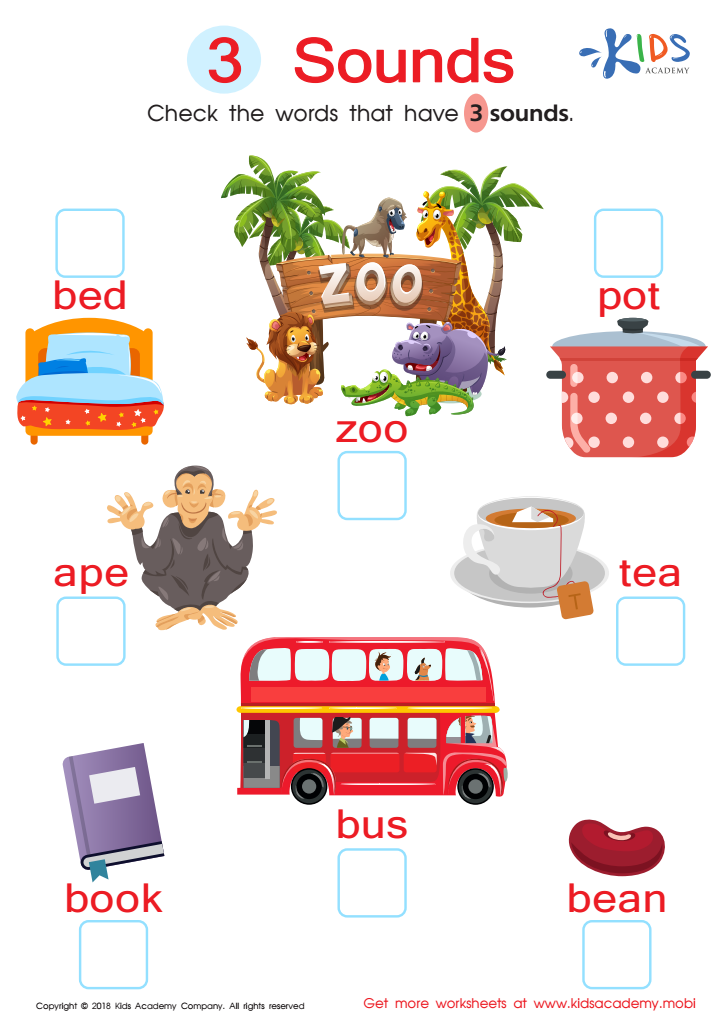

3 Sounds Worksheet
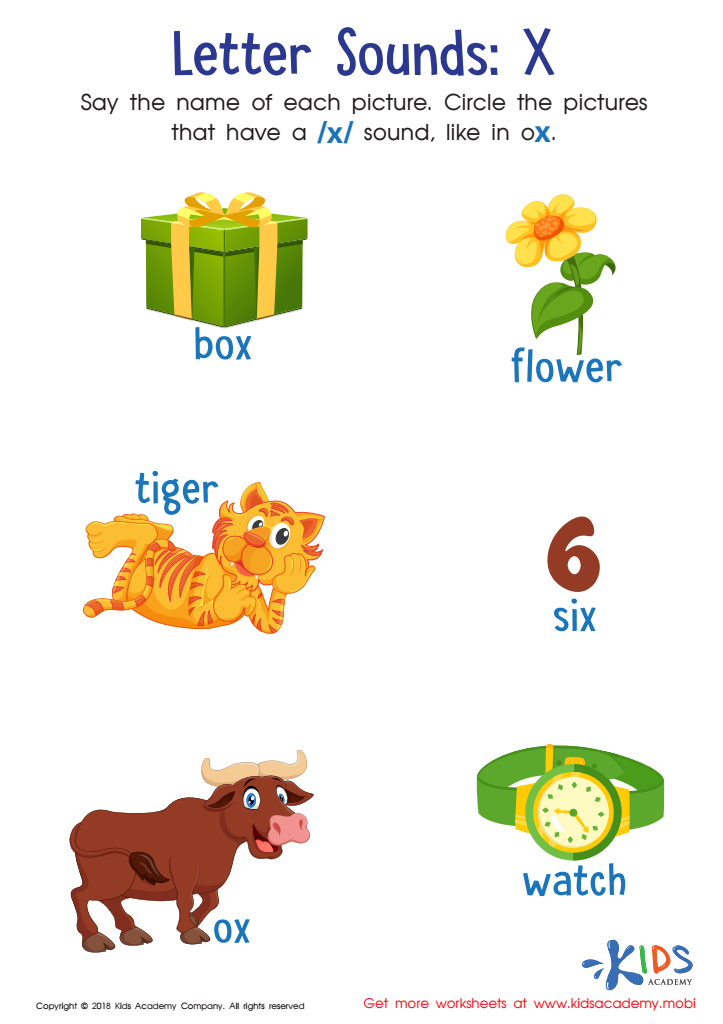

Letter X Sounds Worksheet
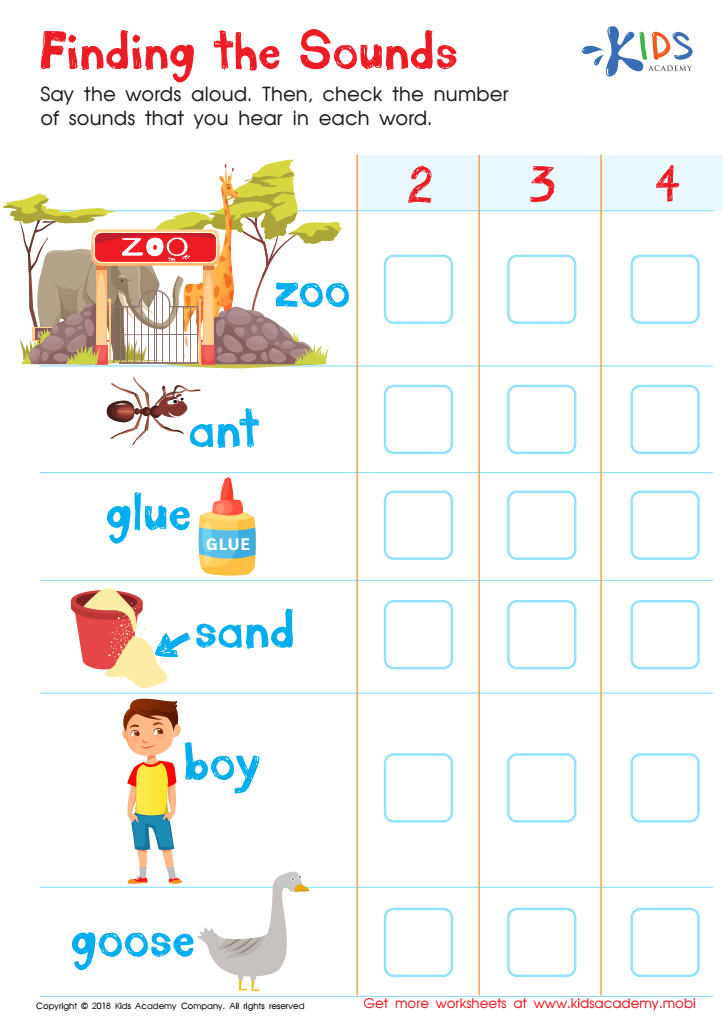

Finding the Sounds Worksheet
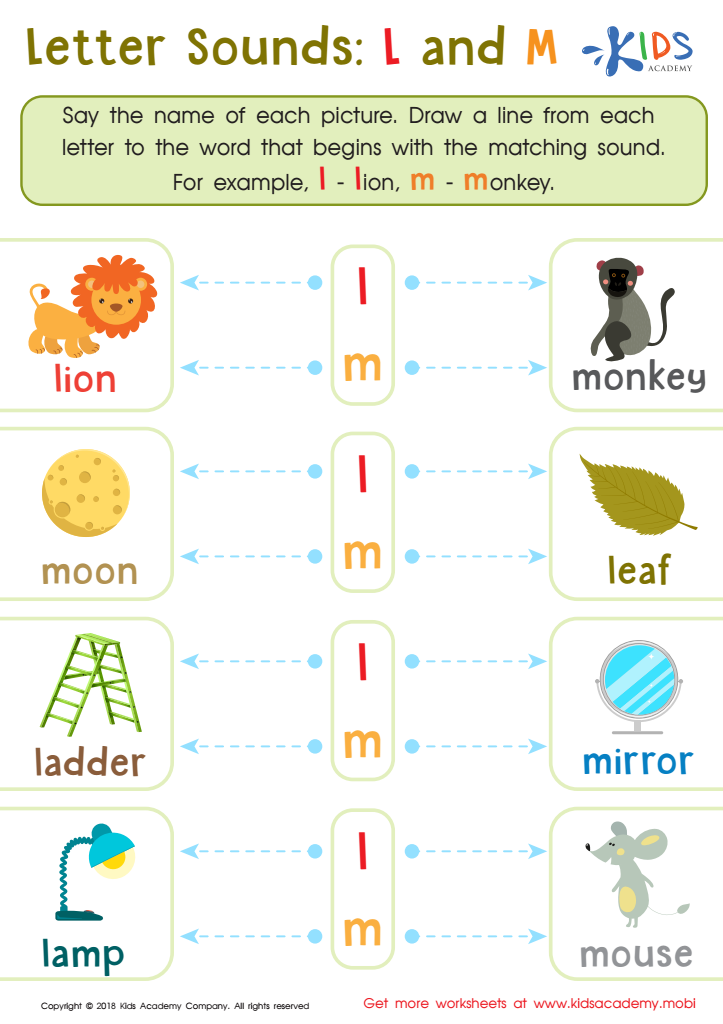

Letter l and M Sounds Worksheet
Phonics skills, particularly normal letter sounds, are essential for children aged 5-6 as they form the foundation for reading and writing. At this age, children are in a critical stage of language development where they begin to connect the sounds of spoken language to the letters and symbols they see in print. Mastering letter sounds enables children to decode words, a skill crucial for fluent reading.
Teachers and parents should care about phonics skills because they contribute significantly to a child’s overall literacy development. Proficient phonics skills allow children to identify and reproduce sounds, enhancing their ability to read new words independently. This empowerment boosts confidence and fosters a love for reading, which is vital for academic success across subjects.
Furthermore, strong phonics skills can prevent reading difficulties later on. Children who struggle with phonics often face challenges in comprehension and writing, which can impact their overall educational journey. By recognizing the importance of phonics early on, teachers and parents can work collaboratively to provide targeted support, activities, and encouragement, setting children on a path to literacy proficiency and lifelong learning. In essence, phonics skills are not just about reading; they are a cornerstone for effective communication and academic achievement.
 Assign to My Students
Assign to My Students





